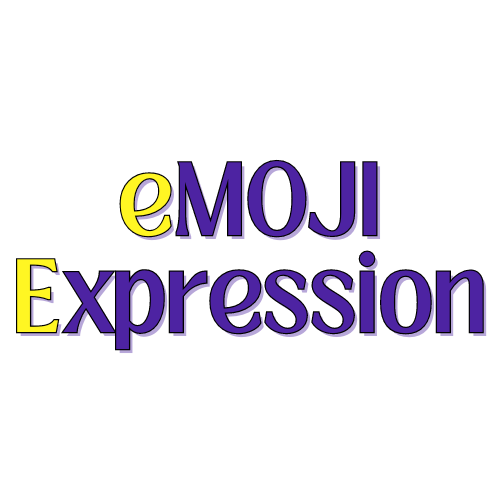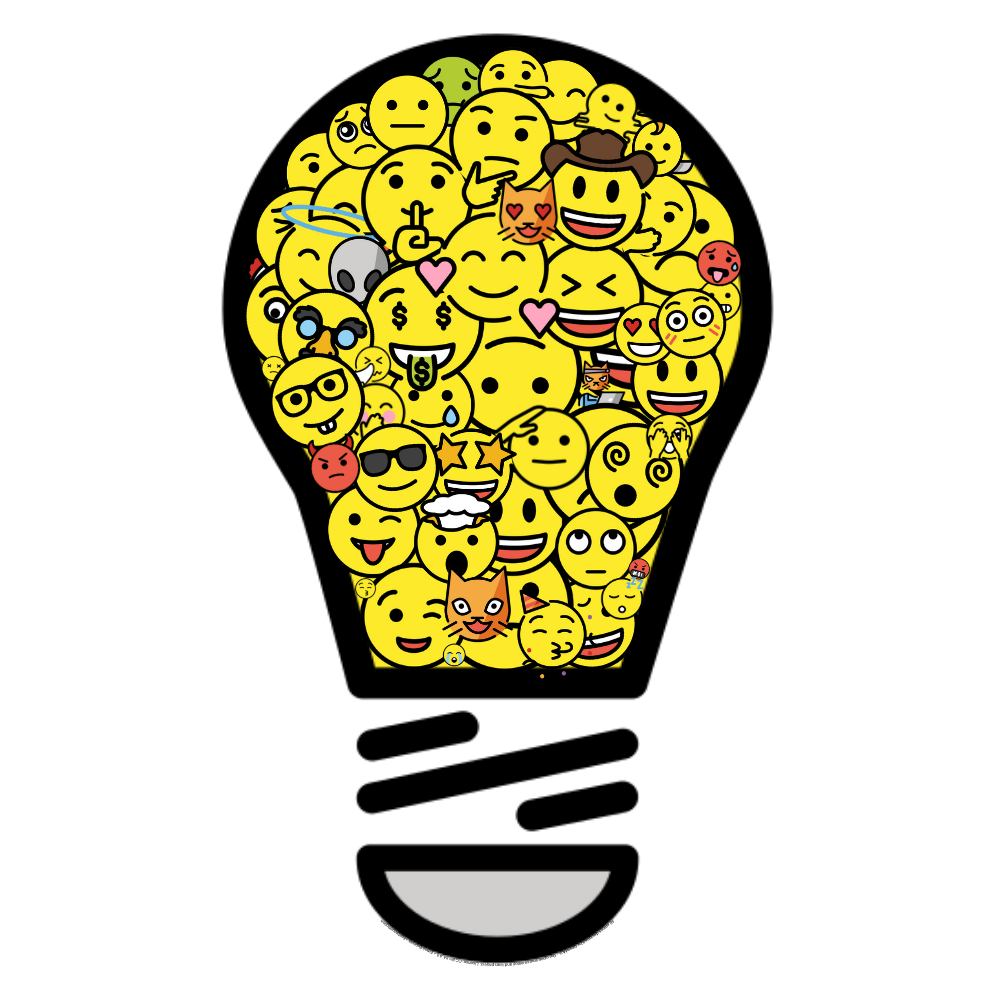Unicode is a character encoding standard that was developed to solve a major problem in the world of digital communication. Before Unicode, every country had their own system for encoding characters, making it difficult for people to communicate across borders. For example, a letter "a" in one encoding might look like a completely different character in another encoding, making it impossible to display the same text correctly across different devices.
Unicode solved this problem by creating a universal standard for encoding characters in digital devices and applications. It includes all the characters of the world's writing systems, including Latin, Cyrillic, Arabic, Chinese, Japanese, and many more. With Unicode, people can communicate with each other using any language or script, without worrying about compatibility issues.
The development of Unicode was spearheaded by the Unicode Consortium, a non-profit organization made up of experts from around the world. They continue to work tirelessly to maintain and expand the Unicode Standard, ensuring that people can communicate with ease no matter where they are in the world.
One of the most popular applications of Unicode is in the world of emoji. Unicode includes a standardized set of emoji that can be used across all devices and platforms. This allows people to express themselves in new and exciting ways, no matter where they are or what language they speak.
Unicode may seem like a dry and technical topic, but it has had a major impact on the way we communicate in today's Internet and digital age. It has made it possible for people all around the planet to connect and communicate really easily. And somehow continues to add grow and add more code to meet the needs of users. So the next time you send an emoji or type a message in another language, take a moment to appreciate the magic of Unicode and the amazing work of the Unicode Consortium. ![]()
Additional Reading


